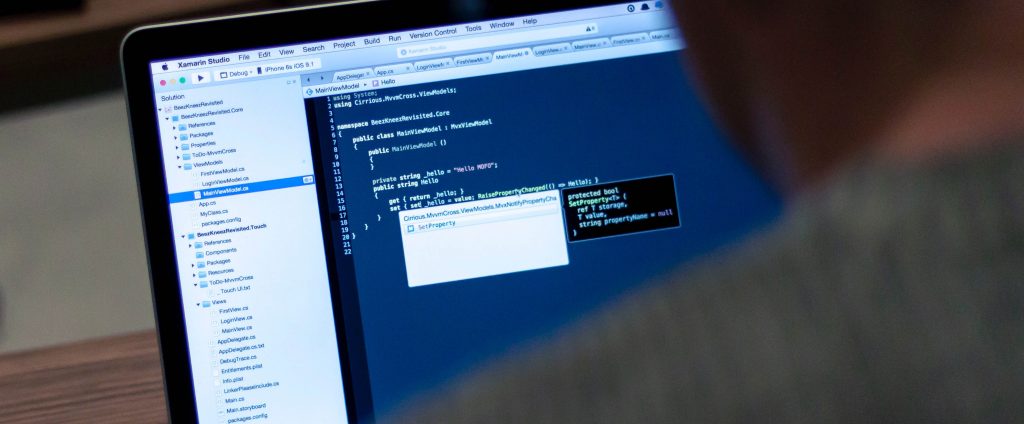Harnessing Cutting-Edge Technology for Retail Order Management System
May 24, 2023
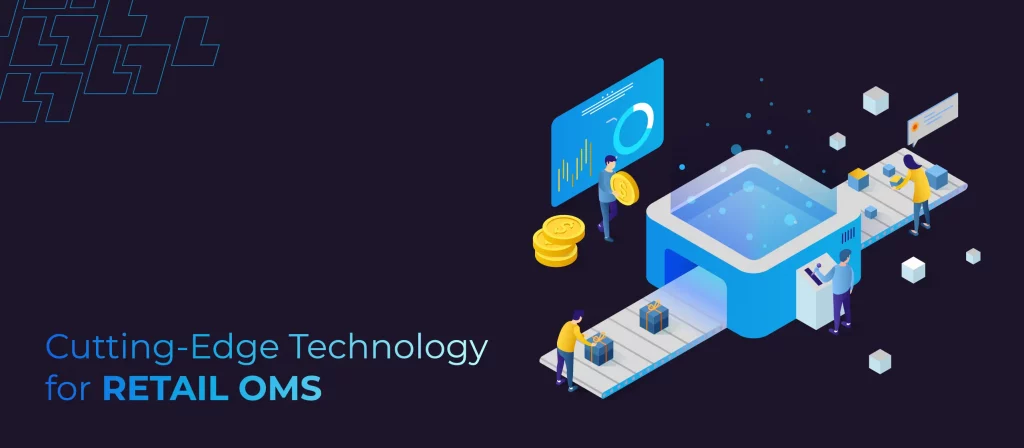
In the rapidly evolving world of retail e-commerce, expectations around order fulfillment are rising. According to the Baymard Institute, the average cart abandonment rate for e-commerce is high at 69.99% in 2022, with slow delivery times cited as one of the top two reasons. To address this, businesses need to improve their Order Management Systems (OMS) to ensure timely and efficient processing. An effective way is through the utilization of cutting-edge technology, which can streamline the process of order fulfillment & improve customer satisfaction.
So, how is cutting-edge technology applied in developing Order Management Systems? What needs to be considered before adopting these technologies? Let’s dive in and discover through this blog!
Bleeding-edge / Leading-edge / Cutting-edge technology – What are the differences?
Before jumping into the main part, let’s take a look at these three terms “cutting-edge,” “bleeding-edge,” and “leading-edge”. They are often used interchangeably to describe the latest technology in the market, but in fact, they have distinct differences that should be clarified.
- Cutting-edge technology refers to the latest and most advanced technology that has undergone some testing and has been found to be effective. However, it is still in the early stages of adoption. Some examples of Cutting-edge technologies are Artificial General Intelligence (AGI), 5G & 6G Technology or CRISPR Applications.
- Bleeding-edge technology refers to technology that is even more advanced than cutting-edge technology and has not yet been fully tested or adopted. Bleeding-edge technology is at a high risk of unreliability and may not be suitable for widespread adoption. Some examples of Bleeding-edge technologies are Quantum Computing, Neural Lace Technology or Cryptocurrency innovations (DeFi, NFTs, etc).
- Leading-edge technology refers to technology that is currently in use and has been adopted by a large number of people or businesses. This technology may still be advancing and improving but it is considered reliable and effective. Some examples of Leading-edge technologies are Machine Learning & AI, Augmented Reality (AR) & Virtual Reality (VR) or Blockchain Technology.
What are the latest innovations in Retail Order Management Systems?
Applying the latest innovations to improve Order Management Systems can greatly benefit retail businesses that streamline their order fulfillment process and improve customer satisfaction. But what are the latest innovations? What values that they bring to businesses? Let’s figure it out!
Artificial intelligence (AI) in Order Capture
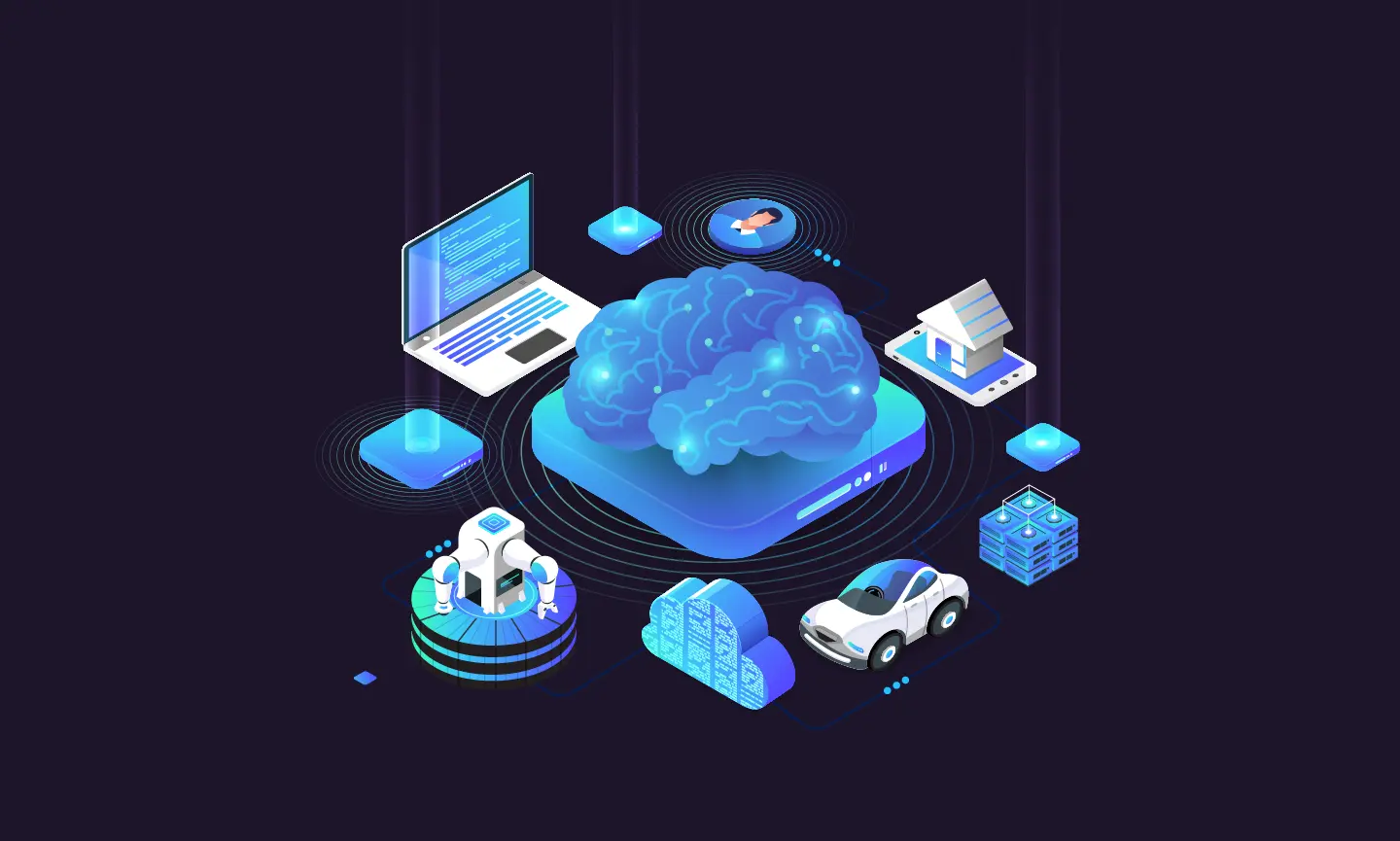
AI (Artificial Intelligence) refers to the development of computer systems that can perform tasks that typically require human intelligence, such as learning, reasoning, problem-solving, perception, and natural language processing. AI involves using algorithms and statistical models to analyze data and make predictions or decisions based on that analysis and its ultimate goal is to create machines that can replicate or even exceed human intelligence in a wide range of tasks. The power of AI is currently applied in the Order Capture process, which provides:
- Process automation: AI uses Natural Language Processing (NLP) to extract information from customer orders received via different channels such as email, phone calls, and web forms. This can help reduce manual effort and speed up the order capture process.
- Personalized recommendations: Through analyzing customer data (purchase history, browsing behavior, demographic information, etc), AI can predict what products or services a customer is most likely to buy, enabling businesses to offer personalized recommendations that enhance customer satisfaction and drive profits.
- Forecast demand & resource allocation: Analyzing historical data on order volume, customer behavior, and product demand can also help businesses to forecast demand and allocate resources more efficiently, reducing lead times and improving overall efficiency.
- Fraud detection: AI can prevent fraudulent orders by analyzing order patterns and identifying unusual ones (large orders, orders with multiple shipping addresses, etc). AI can also analyze data points such as IP addresses, device types, and browsing behavior to uncover potential signs of fraud. With this information, businesses can take timely action to reduce the risk of chargebacks and other financial losses.
Augmented reality (AR) in Order Fulfillment
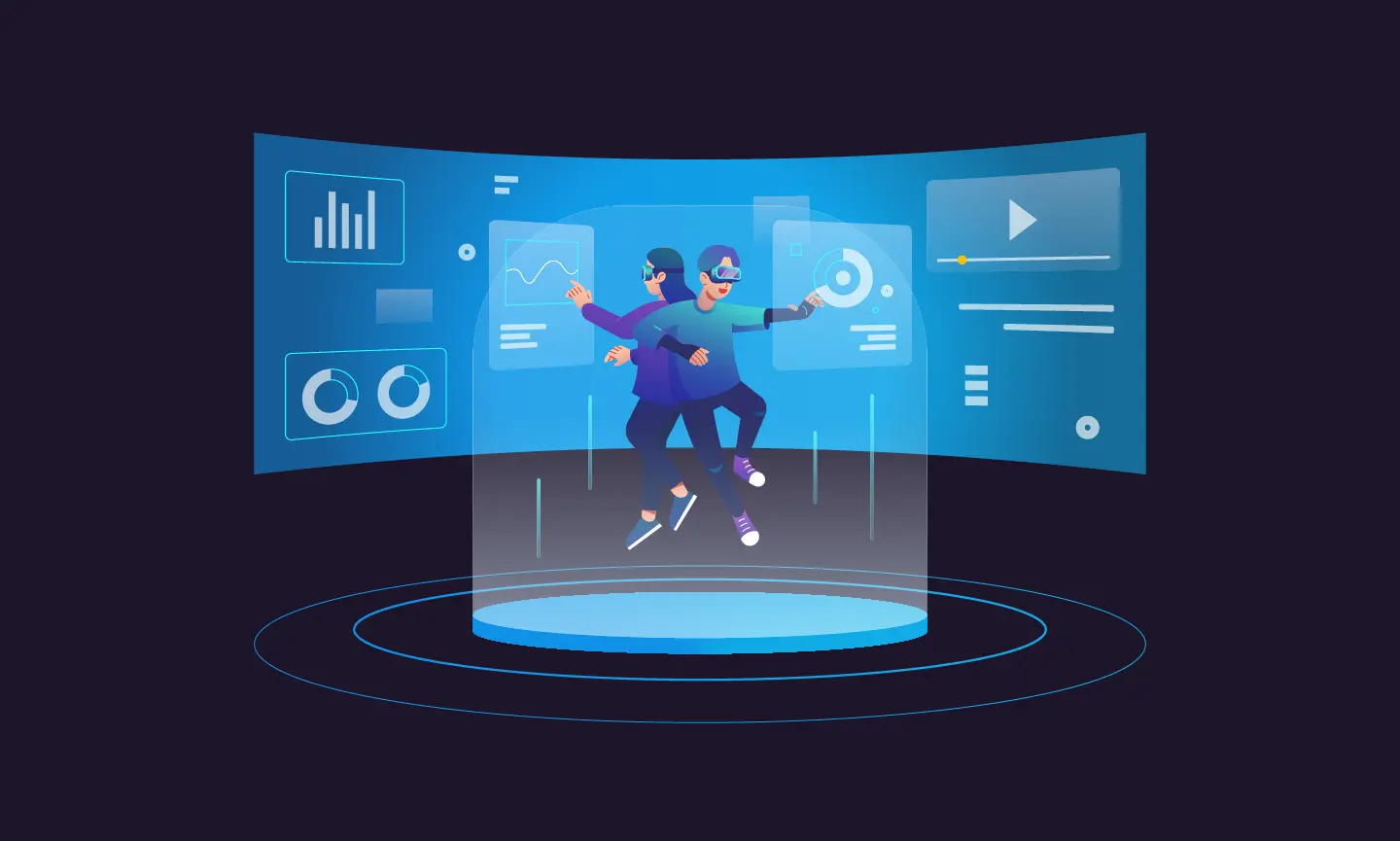
AR (Augmented Reality) refers to the technology that enhances the real-world environment with computer-generated perceptual information, such as visuals, sounds, or haptic feedback. Unlike virtual reality (VR), which immerses the user in a completely simulated environment, AR overlays digital content onto the physical world, often using devices like smartphones or smart glasses. In the Order Fulfillment process, AR can be used for:
- Facilitating warehouse operations: AR can assist workers in quickly locating and picking items, reducing fulfillment time and minimizing the need for manual searching.
- Providing visual instructions: AR can overlay instructions on how to package or assemble products, reducing the need for written instructions and improving accuracy.
- Offering real-time updates: AR-enabled mobile devices can enable customers to track order status and receive alerts when orders are ready for pickup or delivery.
IoT in Inventory Management
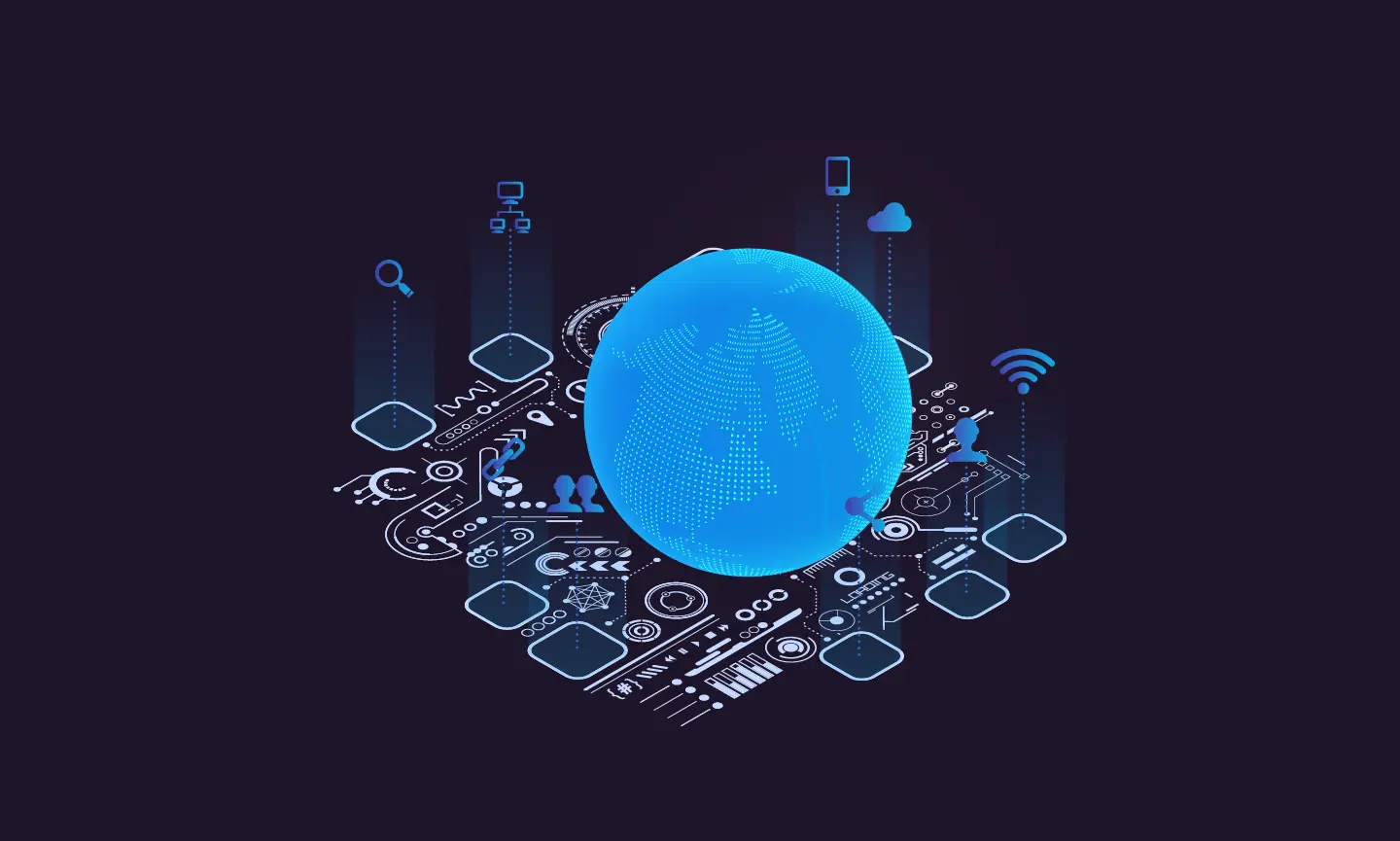
IoT (Internet of Things) refers to the network of physical devices that are embedded with sensors, software, and connectivity to exchange data over the Internet. These devices can range from everyday objects like smartphones, smart homes, and wearables to industrial machines, vehicles, and infrastructure. They can be used for various purposes: monitoring, automation, optimization, and decision-making. In the retail sector, IoT is applied and contributes to the Inventory Management process in many ways:
- Real-time inventory tracking: IoT sensors can be placed on inventory items and warehouse locations to track inventory levels in real-time. This helps to ensure that inventory levels are accurate and up-to-date, reducing the risk of stockouts or overstocking.
- Inventory condition monitoring: IoT sensors can also monitor the condition of inventory items, such as temperature, humidity, and vibration. This allows businesses to ensure that inventory is stored under the correct conditions, reducing the risk of damage or spoilage.
- Automated inventory management tasks: IoT can automate inventory management tasks, such as reordering and restocking. By analyzing real-time inventory data, IoT can trigger automatically reorder requests when inventory levels fall below a certain threshold, reducing the need for manual intervention.
- Improved supply chain visibility: IoT can improve supply chain visibility by providing real-time data on inventory levels and location, as well as the status of orders and shipments. This helps businesses to identify and address any issues in the supply chain quickly, reducing the risk of delays or stockouts.
Cloud and Big Data in Reporting & Analytics
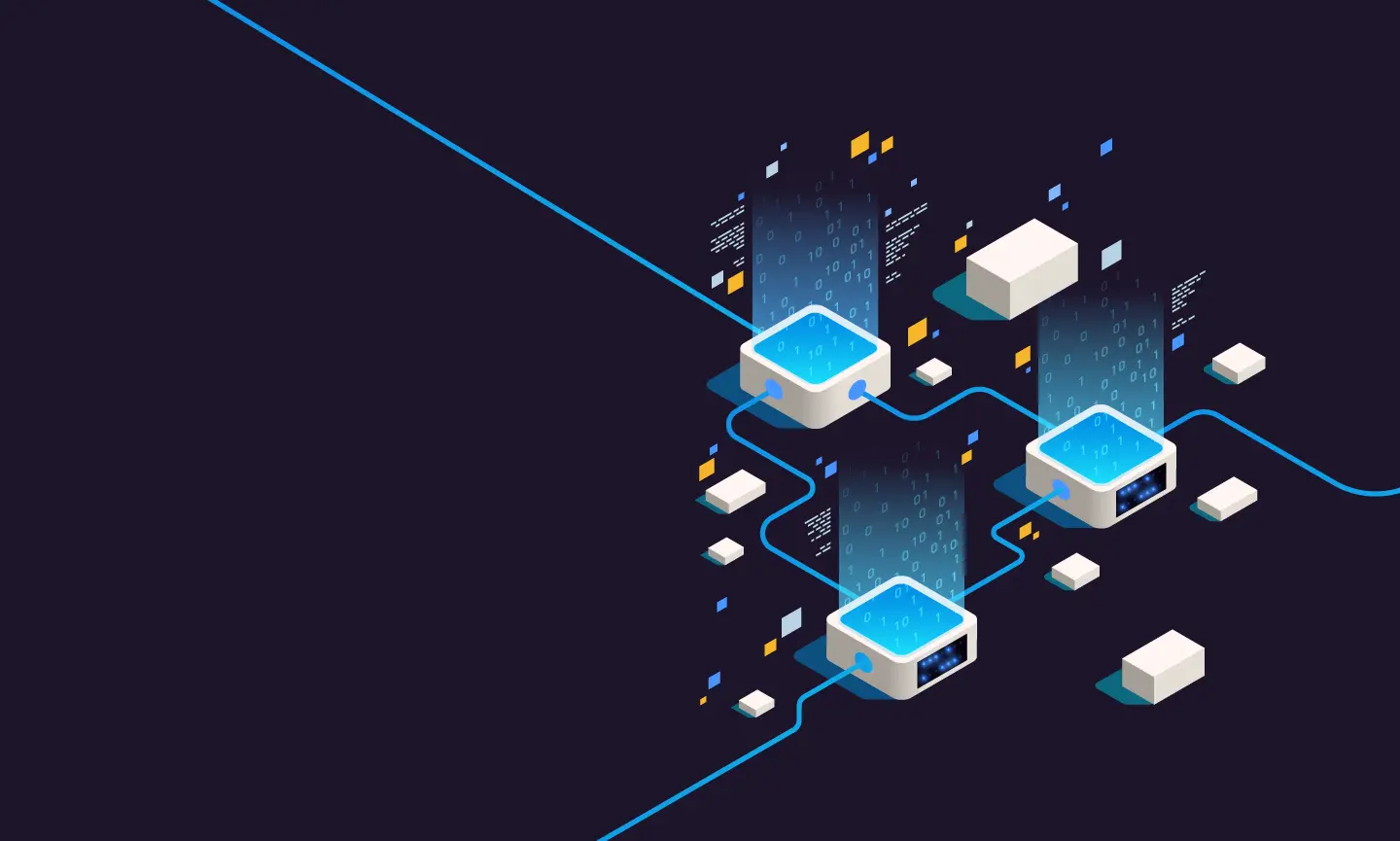
Cloud is a system of servers that are accessed over the internet, which provides computing resources like processing power, storage, and applications on demand. This allows users to use resources without owning or maintaining their own IT infrastructure. Cloud computing offers many benefits, including the ability to scale up or down as needed, flexibility, cost-effectiveness, and security.
Meanwhile, Big Data refers to large and complex data sets that are challenging to process and analyze using traditional data processing methods. This technology can offer valuable insights to make data-driven decisions, improve operations, and create new products & services. A data set is considered Big Data when it effectively incorporates the following 6Vs:
- Volume: Is the data at a massive scale?
- Velocity: Does the data flow in real-time or with frequent updates?
- Variety: Does the data encompass different formats, sources, and structures?
- Veracity: Can the data be trusted in terms of accuracy and reliability?
- Value: Does the data have the potential to provide meaningful insights and benefits to businesses?
- Variability: Can the data be utilized and transformed to meet different requirements?
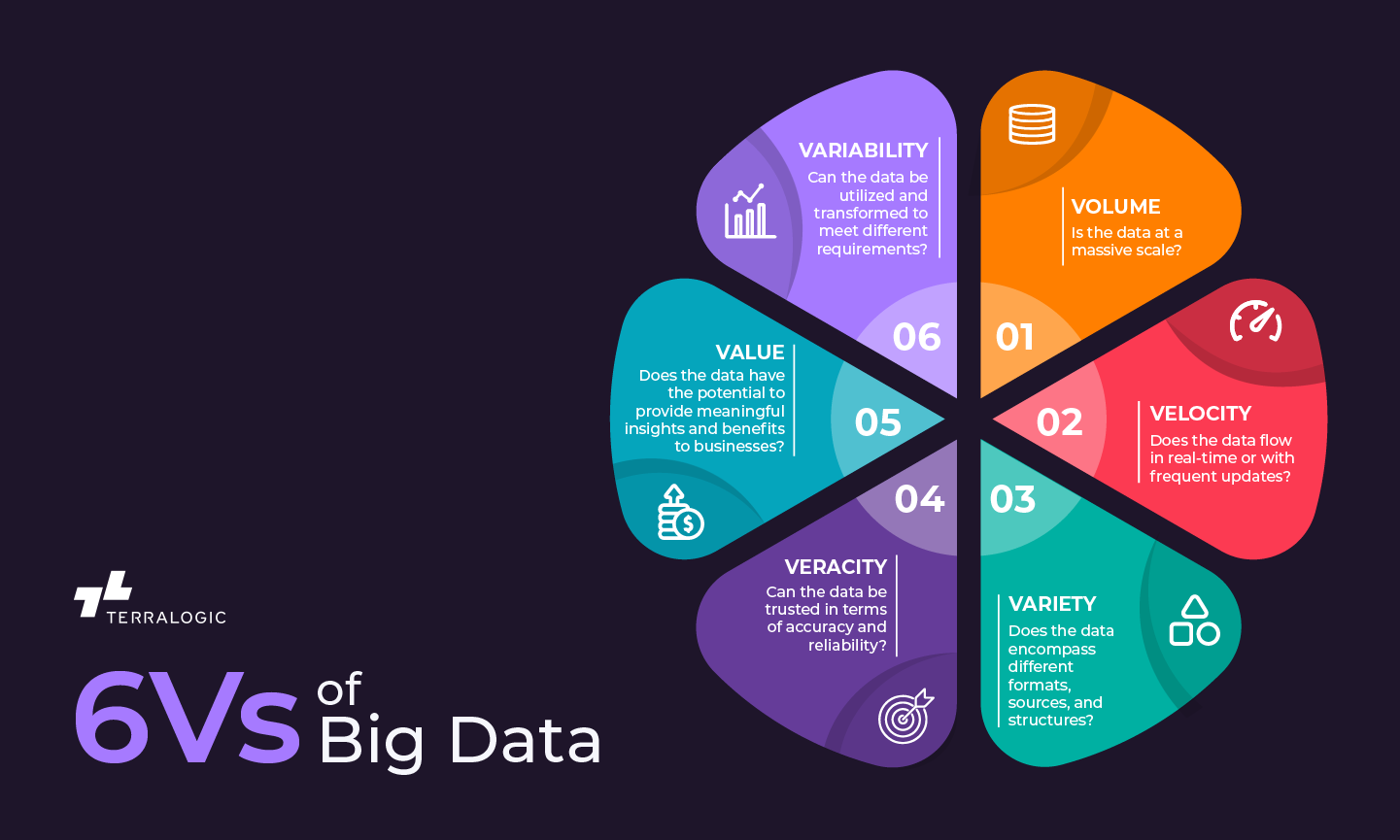
Cloud and Big Data play a significant role in OMS Reporting & Analytics, offering many valuable benefits, such as:
- Cost-effective infrastructure for data storing and processing: Cloud technology provides a cost-effective solution for storing and processing large amounts of data generated by OMS. It eliminates the need for expensive hardware and software infrastructure and enables businesses to pay only for the resources they use.
- Gain customer insights: By using Big Data analytics tools, businesses can gain insights into customer behavior and preferences, which can inform their decision-making processes. For example, analyzing data on customer orders can help businesses identify trends and patterns, allowing them to tailor their product offerings and marketing strategies to better meet customer needs.
- Real-time reporting and analytics: Cloud and Big Data technologies enable real-time reporting and analytics, allowing businesses to quickly respond to changes in customer demand and market trends. Real-time reporting also enables businesses to quickly identify and address issues in the order fulfillment process, improving overall efficiency and customer satisfaction.
- Provide collaboration and data sharing: Cloud-based reporting and analytics tools enable businesses to easily collaborate and share data with partners, suppliers, and other stakeholders. This helps to improve supply chain visibility, enabling businesses to better manage inventory levels and reduce the risk of stockouts and overstocks.
What needs to be considered before adopting technological advancements?
Before adopting technological advancements, there are several important factors that need to be considered to ensure that the technology is a good fit for your business and make more informed decisions.
- Cost: Latest technology often comes with a high price tag, so it’s important to consider both the upfront cost of the technology and ongoing costs (training employees, updating infrastructure, and ongoing maintenance & support).
- Risks: Any new technology comes with risks, such as security vulnerabilities, data breaches, or system failures. It’s important to carefully evaluate these risks and develop a plan to mitigate them.
- Compatibility: The new technology should be compatible with the existing technology stack and able to integrate smoothly with current systems.
- Scalability: Consider whether the technology can scale as your business grows. Will it be able to meet increasing demand or changing needs over time without any performance issues?
- Regulatory compliance: The technology should comply with relevant industry regulations and standards. This is especially important in highly regulated industries like healthcare and finance.
Final thoughts
Despite the benefits of advanced technology in OMS application development, businesses should assess their specific needs and weigh the technology’s value against its implementation challenges and costs. By doing so, businesses can optimize their order management processes, deliver excellent customer experiences, and maintain a competitive edge in the market.
As a leading end-to-end digital provider, Terralogic has practical experience in retail OMS development projects. If you are wondering how to optimize your Order Management System, don’t hesitate to contact us to free up your mind!
Keep reading about
LEAVE A COMMENT
We really appreciate your interest in our ideas. Feel free to share anything that comes to your mind.



